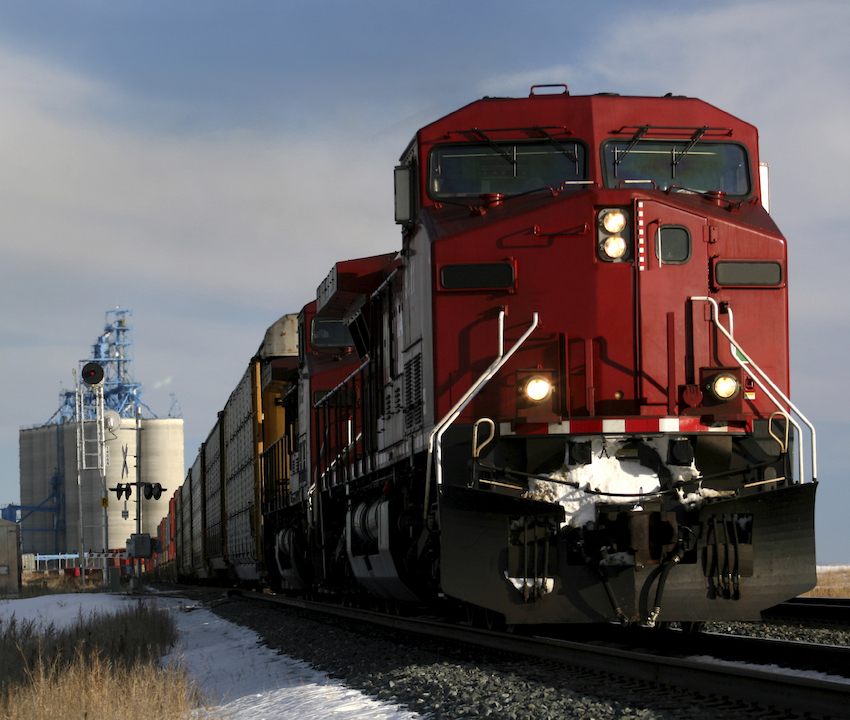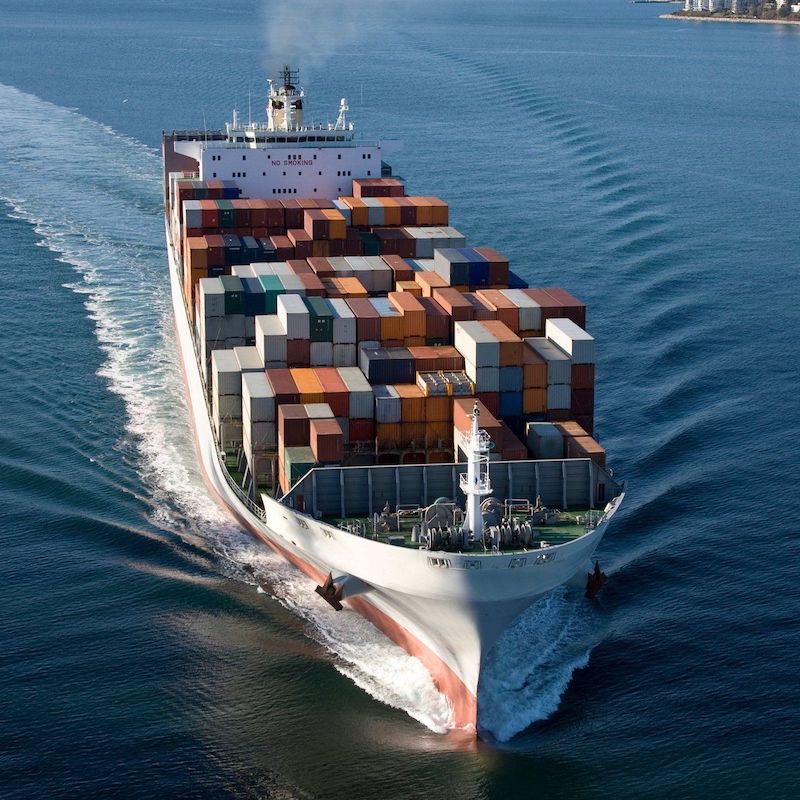Expert Logistics & Transport Valuations
Mitchell & Taylor’s valuers are highly experienced in both the national and global valuation of assets throughout the Transport & Logistics Sector. Our Transport Valuations cover all modes from Aircraft to Rail, Road and sea. For Logistics Valuations we not only assess vehicles, but tools, warehouse facilities, even the computer infrastructure. Call now and learn how to value a transport business.
Below are just some of the sectors & their assets valued by our team include:
Air Traffic Control
Aircraft Ground handling equipment
Aircraft maintenance & avionics
Fuel handling
Hydrant refuelling systems
Inflight catering centres
Airports
Airside Infrastructure including navigation, runway and approach lighting systems
Cargo handling
Flight simulators
Jet engine test facilities
Freight Rail locomotives
Rolling Stock
Passenger Rail locomotives
Rail infrastructure assets including Earthworks, Bridges, Culverts, Level Crossings, Signage, Fencing, Rail, Sleepers, Ballast, Turnouts and catchpoints, access roads, signalling and communications
Urban Rail Diesel and Electric Multiple Unit rolling stock
Train Stations
Underground
Ticketing
Interurban Bus Transport
Rural Bus Companies
Road Transport
Road Freight & Haulage
Trucks & Trailers
Postal Services
Warehousing
Cold Storage
Port and Water Transport Terminal Operations
Water Freight Transport Companies
Water Passenger Transport
Water Transport Navigation and Towage Services

Australia’s leading Transport & Logistics Valuations
As Australia’s leading valuation expert for the transport and logistics industries, we possess a profound understanding of market trends, regulatory complexities, and cutting-edge technologies, allowing them to deliver accurate and insightful valuations that drive informed decision-making.

Haulage Valuations on a grand scale
In the transportation and logistics industry, various types of vehicles are utilised to facilitate the movement of goods and people efficiently. These vehicles range from trucks and trailers to ships, airplanes, trains and even drones. Each vehicle type serves a specific purpose, with trucks being instrumental in road transportation, ships dominating maritime logistics, airplanes expediting air freight, trains handling railways and drones revolutionising last-mile deliveries. As such we employ a comprehensive approach to value these diverse vehicles.
For road transport, they consider factors like vehicle age, mileage, condition, and market demand for the specific type of truck or trailer. They may also assess any customisations or specialised equipment installed, as these can impact the vehicle’s value significantly.
In maritime logistics, the valuation process includes evaluating the vessel’s size, capacity, age, maintenance history, and compliance with maritime regulations. Additionally, the vessel’s earning potential, contracts, and charter rates are considered, especially for larger shipping vessels and container ships.
For airplanes used in cargo transportation, valuation experts look into the aircraft’s model, age, flight hours, maintenance records and retrofitting to keep up with the industry’s standards and demand. Factors such as fuel efficiency, cargo capacity and operational range are also taken into account.
When valuing trains, aspects such as locomotive type, age, condition, and rail infrastructure integration are analysed. The valuation firm may also assess the efficiency of the train’s operations and any technological advancements incorporated.
By leveraging their industry-specific knowledge and experience, Mitchell and Taylor Valuations provide accurate and reliable valuations for each vehicle type, supporting clients in making informed decisions related to transportation and logistics investments, acquisitions, or business expansions.
Beating Geographic Barriers
Mitchell and Taylor Valuations assess transport infrastructure in remote areas of Australia using remote sensing technologies, including satellite imagery and aerial surveys, alongside on-site visits.
Integrating remote assessment and site visits enables them to provide accurate and comprehensive valuations, considering factors like traffic patterns, connectivity and local challenges, supporting informed decision-making for stakeholders in geographically diverse regions.
